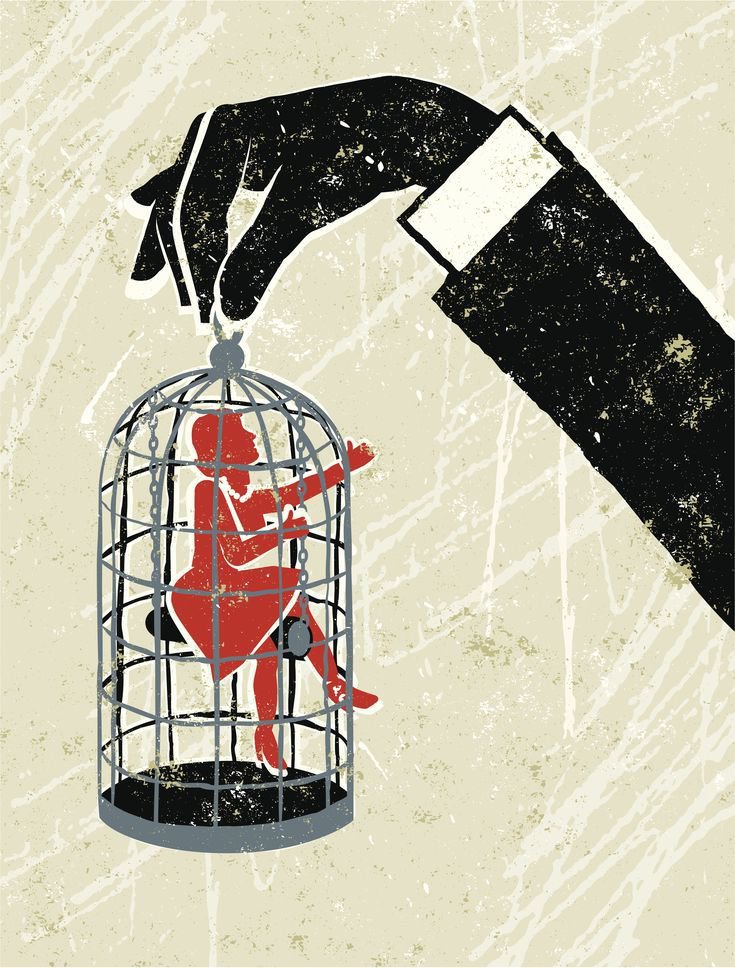Place-

The best memories for most are the idea of a simple life. This can mean so many things. Whether it was not having as much responsibility, living in a rural area away from the craziness,or simply being with people who are no longer here.
In knowing our place by Barbara King‘s lover, she expresses her opinion on the environment and paints a picture of her happy and simpler life. She starts off with a log cabin and explains that this is where her and her family would live during the summer in southern Appalachia. She connects her memory with the loss of the environment. She reminisces on the amount of American chestnut trees, and then brings us to later on where they were infected with mold and disease, causing them to die off. This is a great example of her simpler life where she could be in the cabin away from society surrounded by nature.
To follow in her footsteps, my simpler life that expresses myself would have to be a barn. I grew up with a love of animals and a love, especially for horses. As I got older, I did work at a private barn in the town. I then ended up taking over the barn as the two horses that resided there needed extra help and assistance. Over time I ended up getting ownership of these horses and they became my own. I went to this bar every single day to care for my two Belgian giraffes Duke and Sandra. We went on many rides through the trails of Lakeville Massachusetts, and spent a lot of quality time together. I would arrive at the barn and it seemed to be that all my stress and anxiety went away for the short amount of time I was there. In a beautiful rural and rustic barn with no one around and just nature, I felt calm and relaxed. Because I had this experience and I grew up in a smaller hometown, does this mean that people that were born or grew up in cities do not have similar experiences?
Does my experience function as Williams bedrock of democracy? I would believe so, as there are aspects of vulnerability as stated and preserving Americans’ red rock wilderness by Terry Tempest Williams.
Although everybody can have this connection with earth, it is more prominent with people that have not grown up or live in a city environment. This doesn’t necessarily mean that you will never get to experience a connection or that you don’t have great fond memories in a more nature like setting, it just means that if you were to be compared with someone who has lived or grew up in a more rural nature like environment, they will have more memories of that specific environment. In that environment, in this case is nature and the Earth.
Citations-
Williams, Terry Tempest. Red: Passion and Patience in the Desert. Vintage Books, 2002.
Kingsolver, Barbara. Flight Behavior. New York: HarperCollins, 2012, p. 436.
Kingsolver, Barbara. High Tide in Tucson. New York: HarperCollins, 1995












